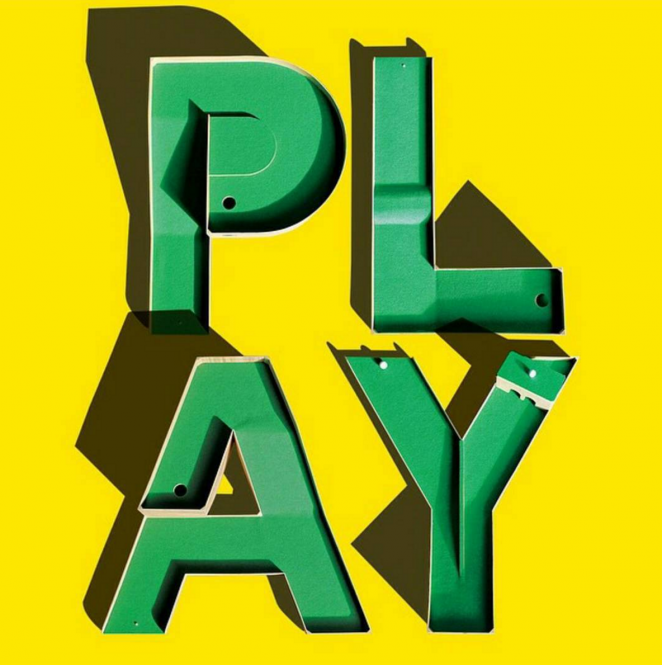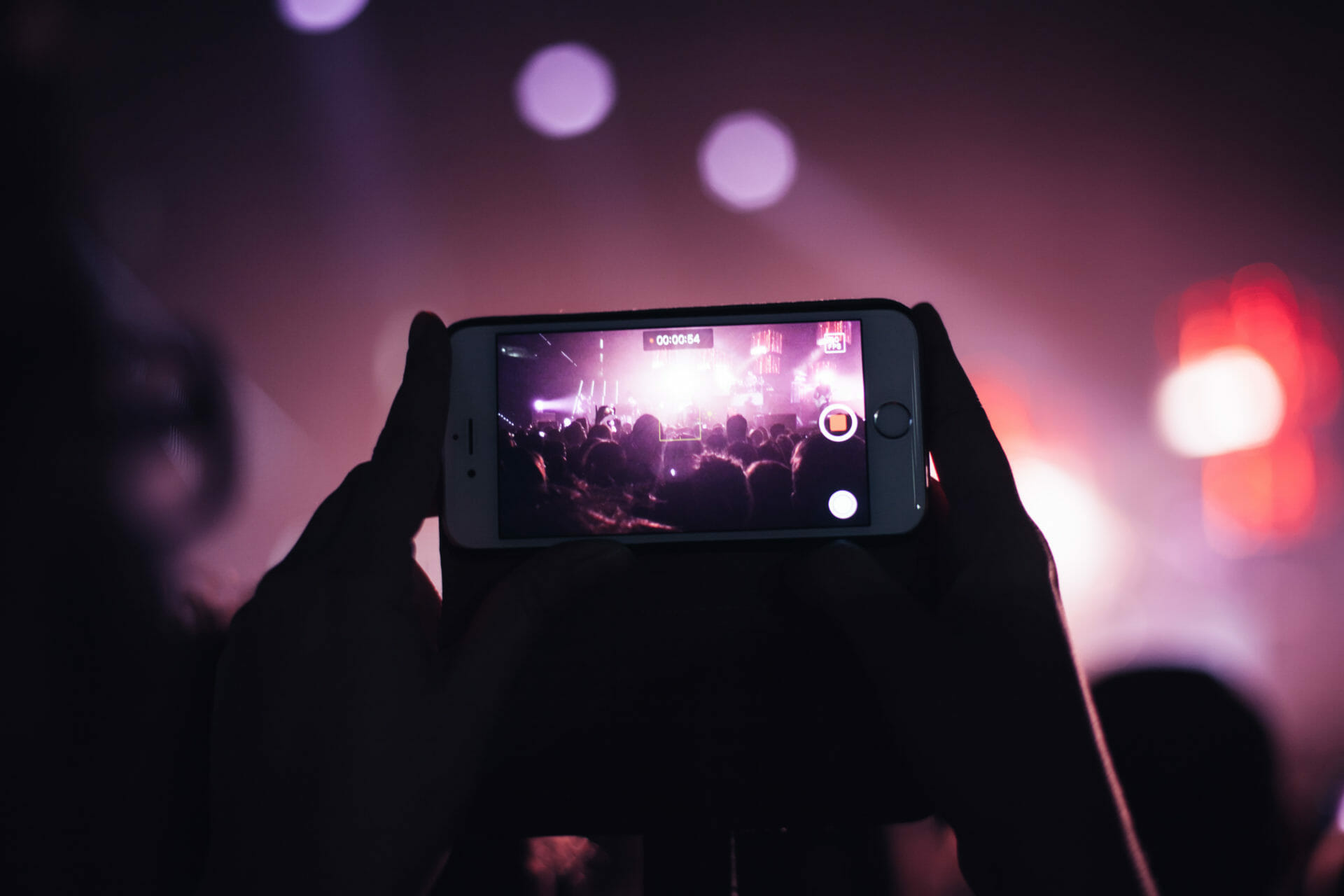Ever wished there were more hours in the day?
Well, maybe you’re just not doing enough with the ones you have. The time you have to be creative is probably not the cause of your sluggish creative output— it probably has more to do with what you do with that time. The 14 time management tips outlined in this article will help to make sure your 2016 is your most productive year yet.
01 Manage Your Energy, Not Just Your Time
Time is what it is; you can’t change it. So, instead of focusing entirely on time management, couple it expertly with “energy management”. As Matt Mayberry from Entrepreneur.com explains:
“…You could be the world’s greatest planner and be very careful about where you spend your time, but if you mismanage your energy it does you absolutely no good.” The difference? People who employ good energy management know how their time should be spent, by identifying high-value tasks that deserve most of their energy.
Mayberry says:
“The major problem I continually see is people directing an enormous amount of energy towards low-value tasks, which then depletes energy levels when it comes time to work on the high-value tasks.” So how do you become an expert energy manager? Before you start your day, outline the goals you want to achieve and the tasks you need to complete to achieve those goals, then allocate your energy in order from the high-value tasks down.
02 Act Purposefully
“Uncovering purpose helps to refine passion, focus efforts, and sharpen commitments.” — John C. Maxwell, Success.com (follow him on Twitter).
After you have thought about what should hold your attention, you need to look at what the overall purpose of this focus should be. Why are you being creative? Why are you creating what you’re creating? What drives you to want to spend your time doing a certain thing? This is something each person has to define for themselves, it isn’t a one size fits all template. You have to look at what you do and what you want to accomplish – both for that day and for much longer. Is it worth spending that time and energy to achieve your purpose? For this one to work for you, write down your creativity-inspired purpose on a piece of paper (or even frame it) and display it prominently in your workspace to remind you every day why you are spending your time doing what you’re doing.
03 Work When You Work Best
If you’re a morning person, congrats! According to The Guardian, you’re in the company of some of the top CEOs in the world, who regularly get up between 5 and 6am. If you get up before everyone else, you have the peace and quiet to truly focus on what you need to do. You also haven’t been worn down by all the demands of the day, so you can channel your energy into knocking out what needs to get done. You can find even better tips on how to get the most out of your morning in this fabulous article by Anna Guerrero. If you’re a night owl, you get that second rush of the day late into the evening. Because you are attuned to the fact that once everyone has gone to sleep, you get the same peace and quiet as the morning person. Further, your brain has been charging all day and can use its power to help you find connections and work effectively. The point here is simple: play to your productivity strengths.
04 Avoid Procrastination
I know many of you might read this and think, “Yeah, right. I’m reading this right now because I’m procrastinating on my project!” I’m not naïve enough to think that procrastination will never happen (because I love a good, long Instagram scroll as much as the next person!). But there is a way to help ensure you control how bad it can get. This method, explained by Olga Khazan for The Atlantic, took me by surprise, but the science is clear cut. To avoid procrastination, use days instead of weeks, months, or years, to focus your attention. Psychologists from the University of Michigan and the University of Southern California found that when people thought of a timeline in days instead of other measurements of times, it made the deadline seem sooner. Study participants were told to plan for college expenses for their newborn. Half the group was told that their saving deadline was in 18 years, the other half was told it was in 6,570 days. Those parents that were told the deadline in days started saving for their child’s college four times sooner than the year deadline group. Four times! This one is applied best by setting a deadline for your project in the not to distant future and then counting out the days on a calendar, which you should display prominently at your workspace (next to your purpose statement, of course).
05 Take Purposeful Breaks
When you do take a break from working, make sure you use your break wisely. If you plan to go off the grid, actually do it. Close the computer, and take your break. According to Dr. Travis Bradberry, you need downtime. If you don’t take time for yourself, you run the risk of burning out. By being constantly “on,” you never allow your mind or body to have the rest it needs to recharge. So, when you have a break, either for lunch or for a week, take it and use it to its fullest potential.
06 Do the Worst Things First
You know that project you just absolutely hate to do? You know how you push it off, and push it off, until the very last minute? And then you are scrambling to get it completed, which makes you hate it even more? Well, all of that is about to change. As much as you may dread or dislike that project, Peter Economy for Inc.com advocates you should do it first. You read that right – get it out of the way at the start of your day. It’s even better if you can get it out of the way at the start of your week. The reason this tip works so well is twofold. Firstly, it allows you to tackle the task when your energy levels are high and before other distractions creep in. Secondly, it gives you a feeling of accomplishment, which makes you feel like you can do even more with your day. It’s like a low-grade headache that sits at the base of your neck and never really goes away. You can try and distract yourself, but it’s always there. So why not just banish this stressor by getting this awful task done first?
07 Save the Best for Last
On the flip side of the previous point is the notion that you should end your day with what you love (again, see Peter Economy’s Inc.com article). If you’re soothed by repetitive tasks, then keep that on your to do list until around 3 or 4pm. If you’re happier after crafting a beautiful logo for someone else, keep that on your back-burner until the afternoon. Obviously, it’s unlikely tips #7 and #8 will happen every day. But trying to keep them in mind when you’re organizing your day will keep you from feeling as though you get nothing accomplished by day’s end.
08 Battle Against the “Tyranny of the Urgent”
Learning to distinguish whether something is truly important, or whether it is just urgent, is key to focusing your attention on what you need to get done.
“The tyranny of the urgent refers to the tendency of little things that have to be done right now that get in the way of what actually matters.” — Dr. Travis Bradberry, LinkedIn (follow him on Twitter). These little attention seekers can be a friend, your parent, your spouse, your co-workers, your boss, or some combination of all of them. Regardless, they sneak in and demand that you pay attention to them right away. Their needs are more important than whatever it is that you are focusing on. Putting together a battle plan that works best for you and your lifestyle is the best way to deal with this Tyranny of the Urgent. Choose the method that allows you to avoid being drained of your energy and attention from the task at hand. Staying focused on what it is you need to accomplish will ensure that your attention is spent wisely.
09 Keep Track of Your Time
In the same way that fitness trackers monitor your activity and heart rate, you can use technology to keep track of just how exactly you spend your time creating. For example, Toggl app allows you to set specific tasks and track your time for completion. It also remembers entries you’ve made; so you don’t have to retype in what you are doing each time. Plus, it helps keep you from multi-tasking, which we will discuss in #12. After you track your time for a month or two, you can look to see whether there were any major time-sucks you can eliminate and work out whether it can be approached differently, scrapped from your work process, or automated somehow. Locating and revamping large time-sucks will make you super productive.
10 Set Aside Time for the Dreaded Emails
Set aside chunks of time each day to check your emails, then forget about them. I know this can be hard for many of us in an ever-connected world of smartphones, tablets, and laptops. But dealing with email would rarely qualify as the best use of your time. To change this, Laura Vanderkam from Fast Company suggests implementing an on-off system. Spend 30 minutes “on” emails followed by 60-90 minutes “off” (focusing on genuinely important things, like creating), and so on.
11 Don’t Even Try to Multi-task
If you are anything like me, your mind runs 939,399 miles an hour and it can be hard to focus on one thing at a time. Not only is this bad because it leaves us unable to be fully present for anything (which can lead to big problems down the road), but according to one study covered by Forbes, we are significantly lowering our IQ. Researchers at the Institute of Psychiatry at the University of London found that when someone multitasks using electronic media (email, etc), their IQ decreases even more than if they were losing a night of sleep. Clearly, this is not what we want when we’re trying to train our brain to use its attention wisely. This is where some of the other tips in this list can come in handy. For example, tracking your time (#10) forces you to stay focused on one item at a time and setting aside time for your emails (#11) actively helps you to avoid facing other unplanned tasks.
12 End Your Day With a To-Do List
This tip may sound counterproductive at first – end your day with a list of things to do? You might be thinking, “Won’t that just stress me out more?” Actually, it does the complete opposite. Instead of taking your stress home with you at the end of the day, and constantly thinking of things that you need to do when you get back to the office, you can nip all of that in the bud. Carve out a chunk of time at the end of your day before you leave to think and write out what it is you need to accomplish the next day. Keeping #7 in mind, Jacquelyn Smith from Forbes suggests you make a list of the tasks that demand your attention first.The reasons this is effective are because it forces you to review what you were already able to get done that day (which gives you a sense of accomplishment), and it allows you to think about what you need to accomplish later, which saves you that time the following morning. Most mornings, many of us flail around trying to figure out what needs to get done, and in what order. By already having your to-do list for the day written up, you can hit the ground running from the minute you arrive.





Recent Comments